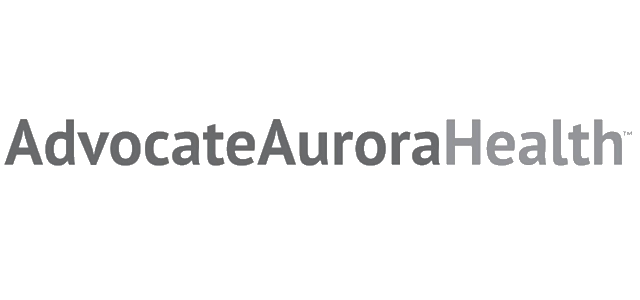Pain Management for Older Adults Who Can be Discharged from the Emergency Department
GED Newsletter, September 2019
GED Newsletter, September 2019Introduction
Older patients who are seen in the Emergency Department and prescribed treatments are re-assessed over the course of their visit. They can receive medications via intravenous line and can be monitored for changes in vital signs in response to their medications.
When providers are prescribing to older patients as a part of the discharge plans, there is considerable uncertainty of the response to the medication over time. The older individual may be returning to the community, to an assisted living facility, or to a skilled nursing facility. The different settings may pose nuances to how to manage the care plan.
Principles to consider when prescribing pain medication to older adults
- Establish the treatment goals
- Discuss the benefits and risks of therapy with patients.
Many of the principles outlined below are included in mandated continuing medical education materials for state license renewal.

Ten Points to Safely Prescribe Pain Medications to Older Adults Discharged from the Emergency Department
- Start low and go slow. When initiating opiates in opiate-naïve older patients, consider starting with half the dose of younger adults (such as 2.5mg Oxycodone.) Recognize the special risks of fentanyl patches. Check the prescription drug monitoring program to assess past and present medication use.
- Watch for drug-drug interactions. Review and reconcile the baseline medications for safe prescribing. Starting a new medication may cause an adverse event from a medication that was stable at baseline.
- Watch for co-morbid conditions which could pose extra risk of side effects to opioid medications: dementia, Parkinson’s disease, constipation, falls, swallowing dysfunction, sleep apnea, alcohol use, use of CNS depressant/ MAO inhibitors. Screen for cognitive impairment and ensure that the older adult or caregiver understands the new medication regimen prior to discharge.
- Consider the individual’s current renal and hepatic function.
- Avoid Beer’s List of potentially inappropriate medications for older adults.
- Consider scheduled acetaminophen. Avoid combination opiate/APAP products. Use scheduled acetaminophen with a prescription opiate if indicated.
- Consider additional alternatives to opioid medications. These include topicals, physical modalities, short courses of NSAIDs in appropriate patients, and gabanoids (for neurologic pain).
- If you need to use an opioid medication, define a specific- short time course. Most prescriptions should not exceed 3 days. Prevent constipation by implementing a prophylactic bowel regimen.
- Use evidence-based non- pharmacologic options, including physical therapy / occupational therapy, as a part of the care plan. Exercise can help with pain management as well as maintain and enhance functioning and avoid deconditioning.
- Insure a safe transition to the next site of care by coordinating with family/caregivers, residential facility, and primary care. Pain medications often require titrating the dosage. Insure that the patient, caregivers, and outpatient providers understand the pain regimen, “Red Flag” symptoms, and follow up plan.
References
Gleason LJ, Escue ED, Hogan TM. Older adult emergency department pain management strategies in Clin Geriatr Med 34 (2018) 491-504.

